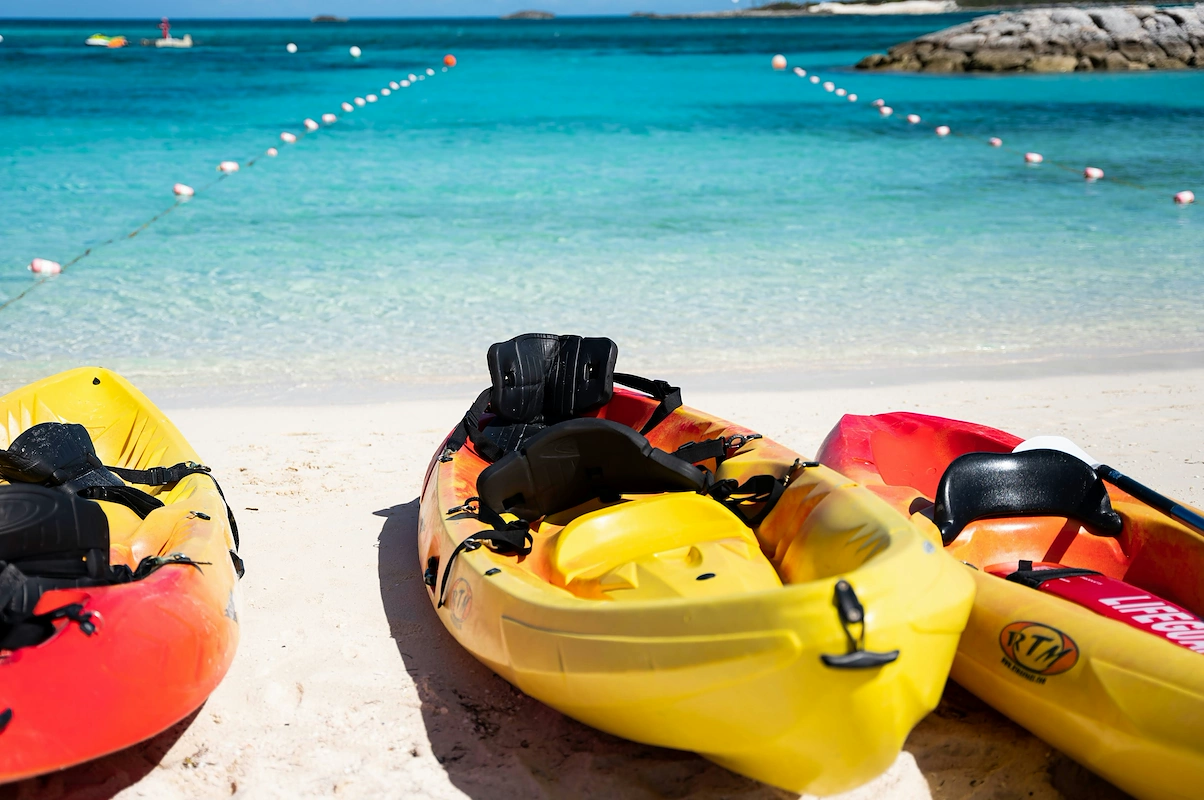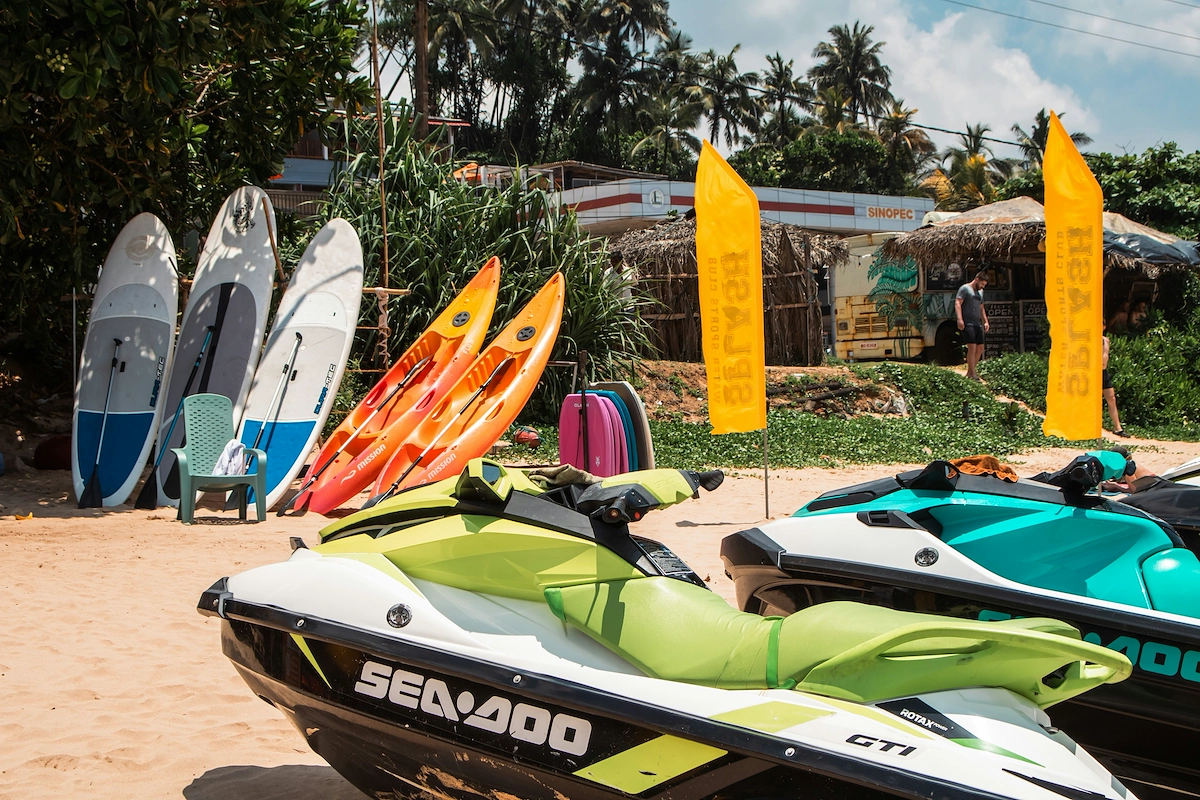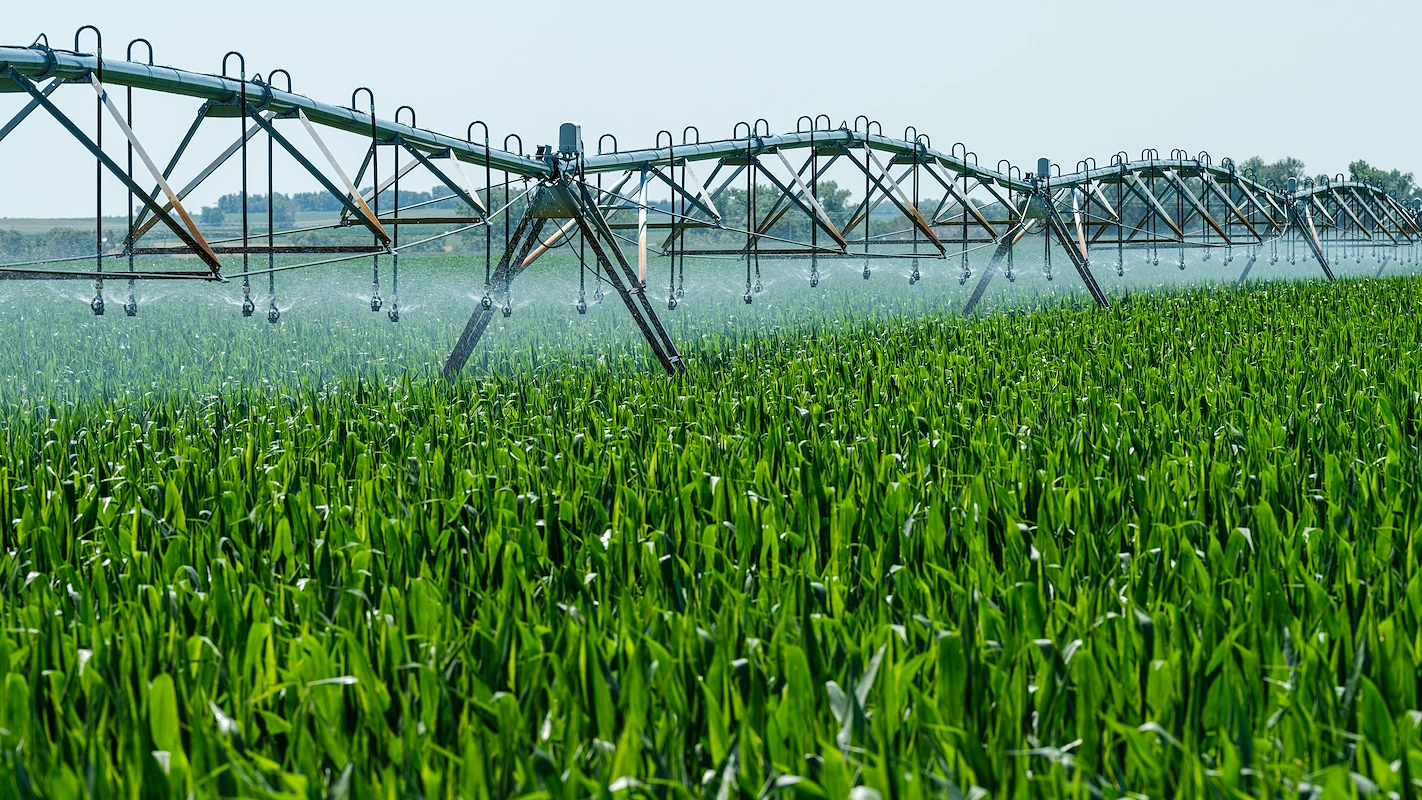Starting an energy drink company is an exciting venture that combines creativity in beverage formulation and branding with sharp business savvy. The market is worth tens of billions of dollars, fueled by steady demand from students, athletes, and young professionals who need a boost.
This guide will take you through the practical steps of validating your concept, securing funds, obtaining the right licenses, and building supplier relationships to help you launch a successful energy drink company in the U.S.
Step 1: Plan your business and validate your concept
Research your market and competitors
Start by running focus groups with 8-10 people from your target demographic, like college students or young athletes. Use surveys on platforms like SurveyMonkey to gather quantitative data on flavor preferences and price sensitivity. This helps you avoid a common mistake of creating a drink nobody wants.
For competitor analysis, you can use databases like Mintel or NielsenIQ to study the market. Look at what top brands and smaller craft companies do with their ingredients, pricing, and marketing. This research shows you where you can fit in.
Calculate your startup costs
Your initial investment will be significant, and it helps to have a clear budget. Getting quotes early prevents surprises. Here is a typical breakdown for a new energy drink brand:
- Formulation and Lab Testing: $5,000 - $15,000
- Initial Production Run (10,000 cans): $20,000 - $40,000
- Branding, Trademark, and LLC Formation: $3,000 - $7,000
With these figures, your initial startup costs could range from $28,000 to $62,000. This is a wide range, so your own research and supplier quotes will narrow it down for your specific situation.
Here are 3 immediate steps to take:
- Organize a small focus group to test your core flavor ideas.
- Create a spreadsheet to track quotes for formulation, canning, and legal services.
- Request beverage industry trend reports from a market research firm like Mintel.
Step 2: Set up your legal structure and get licensed
Most new energy drink brands choose to form a Limited Liability Company (LLC). This structure protects your personal assets, like your house and car, if the business faces legal trouble. State filing fees for an LLC typically range from $50 to $500.
Some founders try to save money by operating as a sole proprietorship, but this leaves your personal finances exposed. It is a risk not worth taking in the beverage industry.
Navigate federal and local regulations
With your business entity formed, you must register with the Food and Drug Administration (FDA). Any facility that manufactures, processes, packs, or holds food for consumption in the U.S. needs an FDA Food Facility Registration. The registration is free and can be completed online.
You will also need permits from your local health department. This often includes a Food Processor License or a similar permit, which can cost between $200 and $700. Be prepared for a 4-8 week processing time and a facility inspection before you get approval.
Here are 3 immediate steps to take:
- File your LLC formation documents with your Secretary of State.
- Complete the FDA Food Facility Registration online.
- Contact your county health department to request an application for a food processor license.
Step 3: Secure your insurance and manage risk
Protect your business with the right policies
You will want to secure several insurance policies to protect your company. Some founders are tempted to under-insure to save money, but a single lawsuit related to health claims could easily bankrupt your business before it even gets started.
Your core coverage should include:
- General Liability: This covers basic business risks like slip-and-fall accidents at your facility.
- Product Liability: This is non-negotiable. It protects you if someone claims your drink caused them harm.
- Workers’ Compensation: State law requires this if you have any employees.
A combined General and Product Liability policy with $1 million in coverage typically costs between $3,000 and $8,000 annually. With this in mind, you should work with an insurance broker who specializes in the food and beverage industry. Consider providers like the Food Liability Insurance Program (FLIP), The Hartford, or Chubb.
Here are 3 immediate steps to take:
- Request quotes for a combined General and Product Liability policy from two different brokers.
- List all potential risks tied to your drink’s ingredients, like caffeine levels or allergens.
- Contact an insurance provider that specializes in the beverage industry to discuss your needs.
Step 4: Find a location and buy equipment
You should look for a facility between 1,500 and 3,000 square feet zoned for light industrial or commercial food production. Many founders make the mistake of signing a 5-year lease right away. Try to negotiate a 2-year term with an option to renew to keep your options open.
Select your production equipment
Your equipment will be a large part of your budget. You can often find used equipment to lower the initial cash outlay. Focus on getting quotes for these key items:
- Mixing Tanks (100-300 gallons): $3,000 - $10,000 each
- Carbonation System: $5,000 - $15,000
- Canning Line (entry-level): $15,000 - $50,000
With equipment sorted, you will need suppliers for your cans and ingredients. Can manufacturers like Ball Corporation often require a minimum order quantity (MOQ) of a full truckload, which can be over 200,000 cans. Look for a smaller distributor to start.
Here are 3 immediate steps to take:
- Research commercial properties zoned for food production in your area.
- Request quotes for a used, entry-level canning line and two mixing tanks.
- Contact a beverage packaging distributor to ask about their MOQs for printed cans.
Step 5: Set up your payment processing
If you sell to distributors or retailers, Net 30 payment terms are standard, meaning they have 30 days to pay. For direct sales online or at events, you collect payment immediately. This dual approach helps manage your cash flow.
For on-site or on-the-go payments, JIM offers a streamlined solution. You can accept debit, credit, and digital wallets directly through your smartphone—just tap and done. It is useful for selling at fitness expos or local markets.
At just 1.99% per transaction with no hidden costs or extra hardware, it stands out. Many other providers charge between 2.5% and 3.5%, a difference that impacts your profit on every can you sell directly to a customer.
Here is how you start:
- Get Started: Download the JIM app for iOS.
- Make a Sale: Type the sales amount, hit sell, and ask your customer to tap their card or device on your phone.
- Access Funds: Your money is available right on your JIM card as soon as the sale is done - no waiting for bank transfers.
Here are 3 immediate steps to take:
- Draft standard Net 30 payment terms for your wholesale contracts.
- Download the JIM app to explore its features for in-person sales.
- Compare transaction fees from two different payment processors for your online store.
Step 6: Secure funding and manage your finances
Find the right funding sources
An SBA 7(a) loan is a common starting point, offering between $50,000 and $250,000. To qualify, you will need a strong business plan and a personal credit score over 680. Lenders typically set interest rates at 3-5% above the prime rate.
You might also consider equipment financing. This type of loan specifically covers your tanks and canning line. The equipment itself serves as collateral, which can make approval easier than a standard business loan.
Calculate your working capital
Many new owners secure just enough for startup costs but forget the cash needed for the first six months. You should budget an additional $30,000 to $50,000 for working capital. This covers payroll, marketing, and new inventory before your sales become consistent.
In addition, look into industry-specific grants. The USDA’s Value-Added Producer Grant (VAPG) program is one option. It helps agricultural producers with value-added activities, and turning ingredients into a beverage can qualify. These grants are competitive but offer non-repayable funds.
Here are 3 immediate steps to take:
- Contact a local SBA-preferred lender to discuss a 7(a) loan application.
- Create a six-month operating budget to determine your exact working capital needs.
- Research the Value-Added Producer Grant on the USDA website for eligibility rules.
Step 7: Hire your team and set up operations
Define roles and responsibilities
You will likely need two key hires to start: a Production Technician and a Sales Representative. A Production Technician who runs your equipment will cost between $18 and $25 per hour. A Sales Representative might have a base salary of $40,000 plus a 5-10% commission.
Some founders try to handle all sales themselves, but this can limit growth. A dedicated sales rep focuses on getting your product into stores. Meanwhile, your production tech ensures every batch is consistent, which builds brand trust. Clear job descriptions prevent confusion from the start.
Handle training and management
Anyone involved in production needs a state-approved Food Handler Permit. For the person who oversees quality, you might want to consider Hazard Analysis and Critical Control Points (HACCP) certification. This shows distributors you are serious about safety.
For scheduling, apps like Homebase or When I Work can manage shifts for your small team. As you grow, aim for a revenue-per-employee ratio of $150,000 to $250,000. This is a solid benchmark for efficiency in the beverage space.
Here are 3 immediate steps to take:
- Draft job descriptions for a Production Technician and a part-time Sales Representative.
- Check your local health department’s website for Food Handler Permit requirements.
- Sign up for a free trial of a scheduling app like Homebase to see how it works.
Step 8: Market your brand and acquire customers
Focus on grassroots and digital marketing
Sponsor local college events or partner with gyms. You can offer free cans in exchange for brand placement. This strategy puts your drink directly into the hands of your target audience. Your initial goal is trial, not just awareness.
For digital efforts, focus on micro-influencers with 5,000-20,000 followers. They often have higher engagement and charge less, around $100-$500 per post. Look for influencers in the fitness or gaming communities who align with your brand.
Many new brands stumble when they pour money into broad social media ads before they secure local distribution. You might want to use geo-targeted ads on Instagram to support retailers who carry your product. Aim for a Customer Acquisition Cost (CAC) under $50.
Track your performance
When you run online ads, a 1-2% conversion rate is a solid starting point. Use this metric to adjust your ad copy and visuals. Successful brands like Celsius built their following through consistent engagement with fitness communities online and in person.
Here are 3 immediate steps to take:
- Identify three local gyms or college clubs for partnership proposals.
- Research 10 micro-influencers in your niche and request their media kits.
- Set up a geo-targeted social media ad campaign with a small daily budget to test your messaging.
Step 9: Set your pricing and sales strategy
Choose your pricing model
Your pricing strategy directly impacts your profit. A common approach is cost-plus pricing. First, calculate your total cost per can, which might be around $0.80 to $1.20. Then, you add a markup of 100-150% to set your wholesale price for distributors.
Another option is value-based pricing. If your drink uses premium, organic ingredients, you can set a higher price point. This strategy relies heavily on strong branding to justify the cost to consumers. It helps position your product as a premium alternative.
Some new founders make the mistake of pricing their product too low just to enter the market. They forget to account for the distributor's margin (20-30%) and the retailer's margin (30-40%). Your price must leave room for everyone in the chain to profit.
To see this in action, you can map out competitor pricing. Visit a few stores and note the retail prices for major brands like Monster and smaller ones like Kill Cliff. You might also use market data services like NielsenIQ for more detailed competitive analysis.
Here are 3 immediate steps to take:
- Calculate your final cost-per-can, including all production and packaging expenses.
- Build a spreadsheet that models your price with distributor and retailer markups included.
- Analyze the retail prices of three direct competitors in a local supermarket.
Step 10: Implement quality control and scale production
Establish your quality standards
Consistency is what builds brand loyalty. You should follow Good Manufacturing Practices (GMP) from your first production run. Create a quality control checklist to test every batch for pH levels, which should be between 2.5 and 3.5 for stability, and Brix for sugar content.
Many founders overlook sensory testing. You can formalize this by having a small panel taste each batch to confirm it matches your flavor profile. Once you have steady revenue, you might pursue a certification like NSF Certified for Sport to build trust with athletes and retailers.
Plan your growth milestones
When you consistently sell over 80% of your production capacity for three straight months, it is time to plan your expansion. This gives you a clear signal to start looking for a larger facility or more advanced equipment. Waiting until you are at 100% capacity can cause stockouts.
As you grow, spreadsheets become a liability. You can look at inventory management software like Fishbowl to track ingredients and finished goods. Once you cross 500,000 cans per year, a full ERP system like NetSuite for Food & Beverage helps manage the entire business.
Here are 3 immediate steps to take:
- Create a quality control checklist that includes pH, Brix, and sensory approval for each batch.
- Set a sales volume trigger, like 80% capacity, for when you will begin your next expansion plan.
- Research the costs and requirements for a certification like NSF Certified for Sport.
Conclusion
Building an energy drink brand is a marathon, not a sprint. Your unique flavor and consistent quality are what will create loyal fans. The market always has space for a fresh idea backed by solid execution. You have the steps, now go make it happen.
When you sell directly at markets or events, a simple payment solution is a great help. JIM lets you accept cards right on your smartphone for a flat 1.99% fee, with no extra hardware needed. Your funds are available instantly. Download JIM to prepare for your launch.















